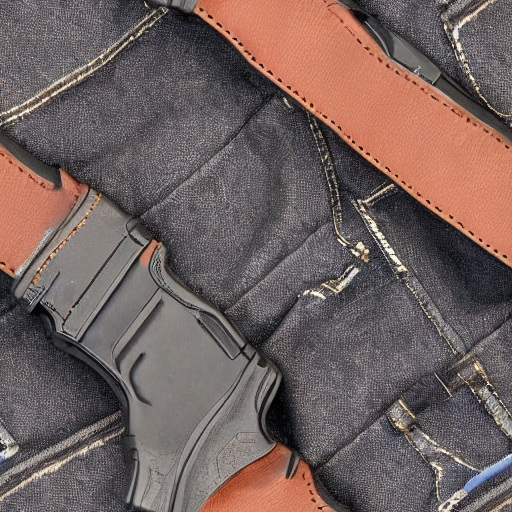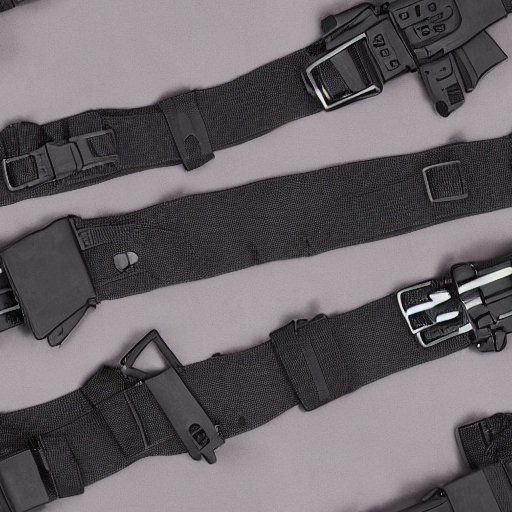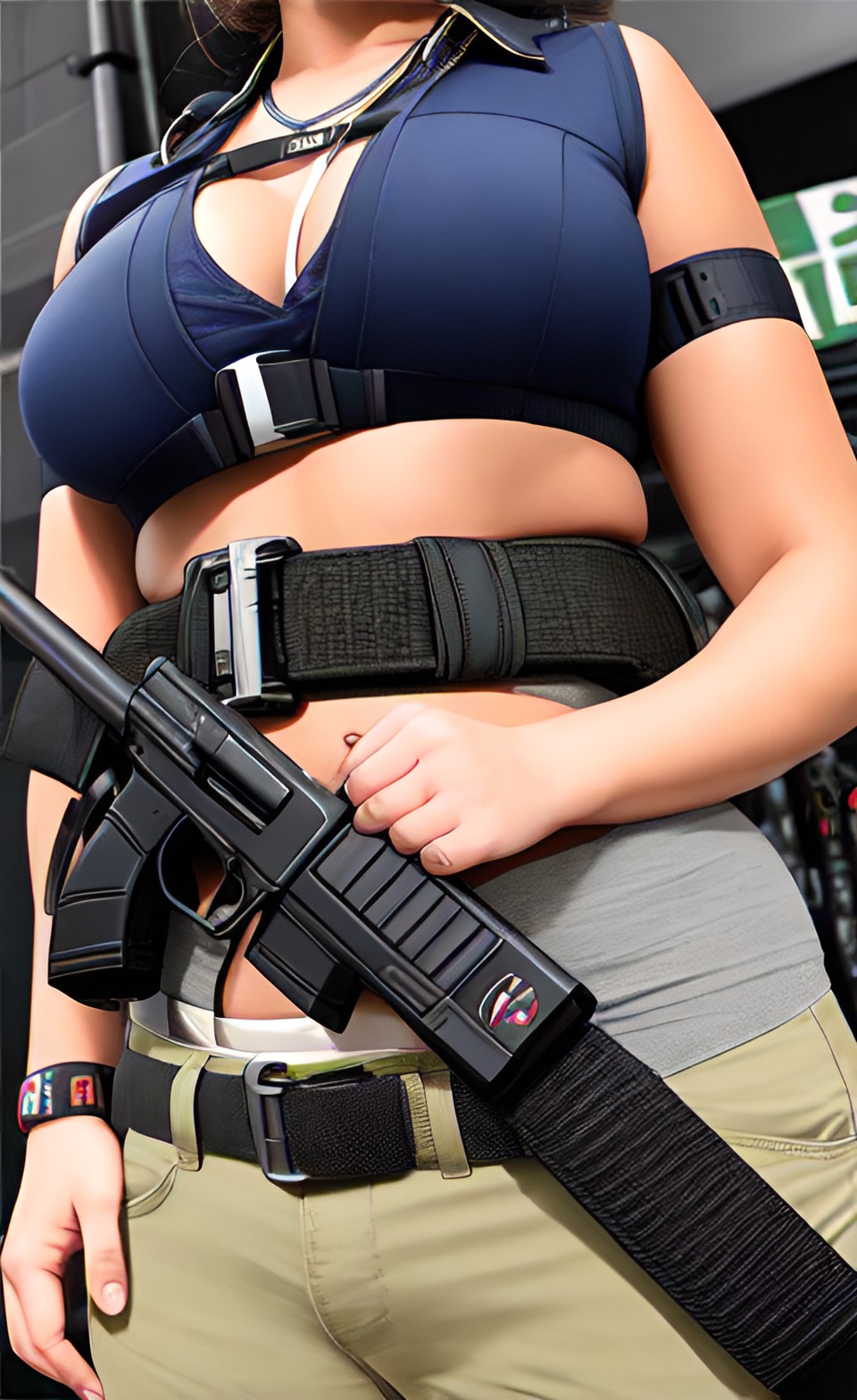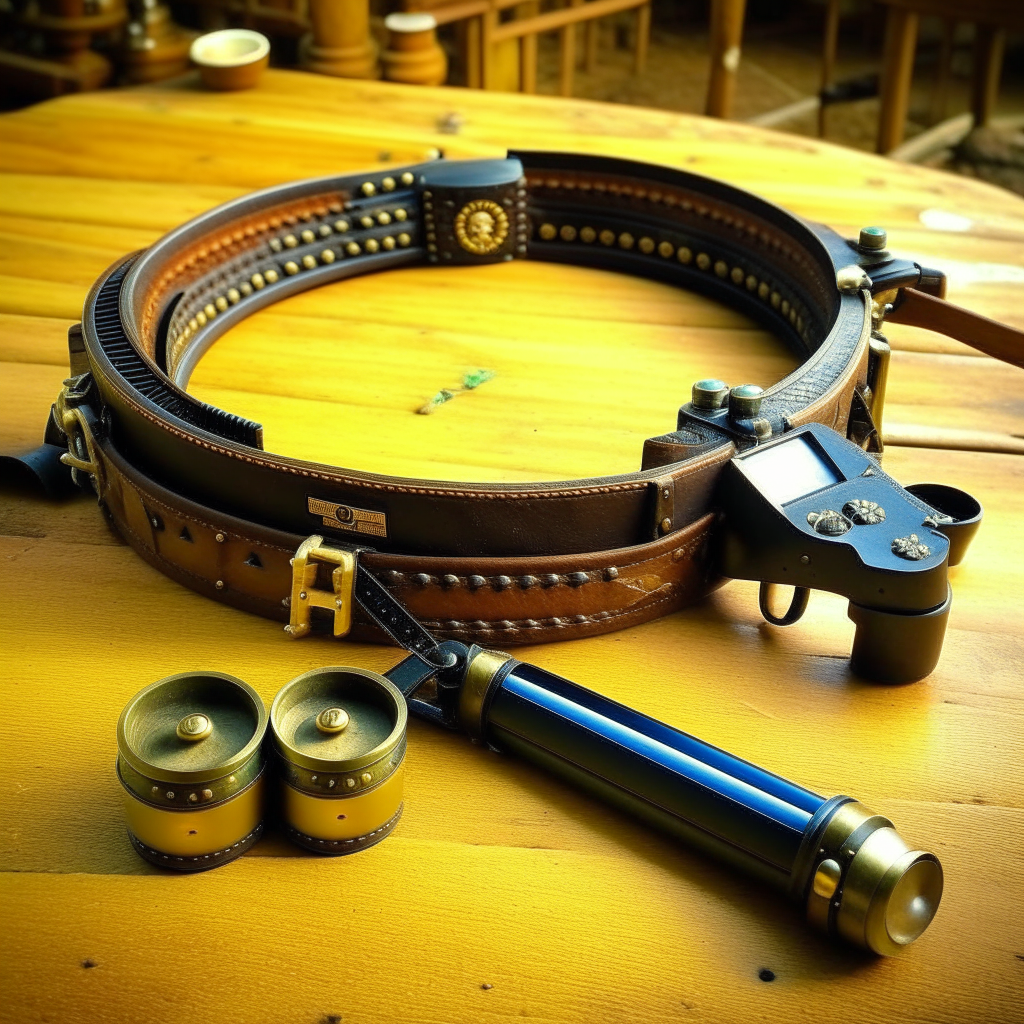The Unspoken Language of the Gunbelt: Understanding Its Symbolism and Cultural Impact
The Wild West era holds a significant place in American history, characterized by cowboys, saloons, and, most notably, guns. The “gunbelt” became a symbol of power, independence, and frontier justice. It is a cultural icon that encompasses numerous meanings beyond its literal use. Understanding the symbolism and cultural impact of the gunbelt is essential in comprehending America’s historical identity and its ongoing fascination with the Wild West.
Firstly, the gunbelt represents individualism and self-reliance, values deeply rooted in the American ethos. In the untamed West, where law enforcement was often scarce, one’s gunbelt was a means of protection and self-defense. Possessing the tool and skill to defend oneself contributed to a sense of personal freedom and the ability to forge one’s path in an unforgiving landscape. This connection further became embedded in popular culture through films and literature, perpetuating the image of the self-reliant gunslinger.
Moreover, the gunbelt signifies justice, albeit a subjective and often brutal form. In the absence of a structured legal system, the gun became the arbiter of disputes and conflicts. The pistol on the hip of a cowboy symbolized that they were willing to defend their honor and the principles they believed in, often through quick-draw duels or shootouts. This notion of frontier justice, though morally ambiguous, became glorified through stories and legends that reinforced society’s desire for order and fairness, even if achieved through violent means.
Beyond its practical and symbolic significance, the gunbelt has evolved into a powerful cultural icon. It has become an emblem of the American spirit, embodying the rugged individualism and perseverance that characterized early settlers. The Wild West era, with its gun-wielding heroes and conquering frontiers, has left an indelible mark on the nation’s psyche. The image of the gunbelt has permeated countless aspects of American popular culture, from films and literature to fashion and even political discourse. It stands as a reminder of an era when the nation was built on bravery, determination, and a readiness to defend oneself and one’s ideals.
However, as with any cultural symbol, the gunbelt’s impact is not devoid of controversy. While it has played a vital role in shaping American identity, it has also contributed to a deeply ingrained firearm culture that persists to this day. The romanticized notion of the six-shooter can obscure the fact that guns were, and still are, instruments of violence. The glorification of guns in popular culture has, at times, perpetuated dangerous narratives and can be seen as a disregard for their destructive force.
Understanding the unspoken language of the gunbelt entails acknowledging and critiquing these complexities. Recognizing its historical and cultural significance is crucial, but it should not overshadow the nuanced understanding of the broader implications of gun culture. It becomes essential to distinguish between admiration for the adventurous spirit of the Wild West and recognizing the very real consequences that can arise from the uncontrolled presence of firearms.
In conclusion, the gunbelt carries a potent symbolism that extends beyond its literal use in the Wild West era. It reflects individualism, frontier justice, and personal freedom while also standing as a cultural icon representing the American pioneer spirit. Recognizing its significance means navigating the fine line between celebrating its historical importance and understanding the broader implications of gun culture in today’s society. By doing so, we can appreciate its impact while also engaging in responsible discussions regarding firearms and their place in our modern world.






